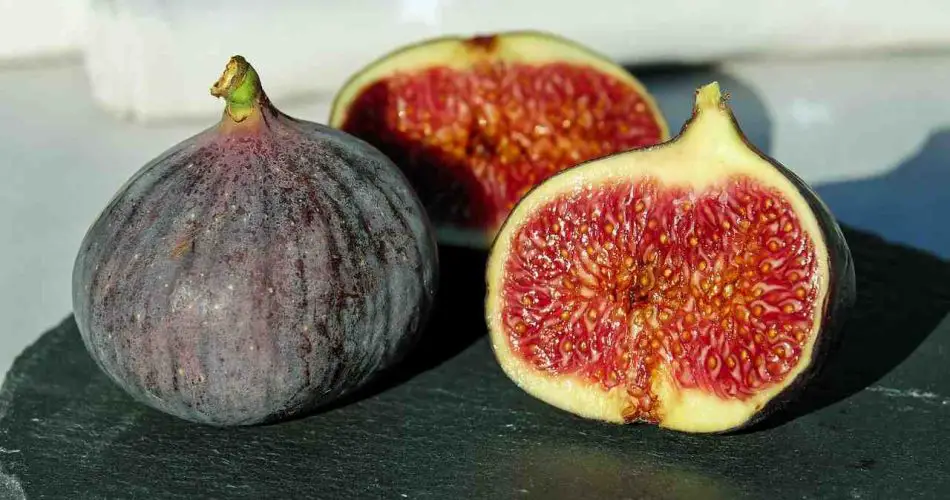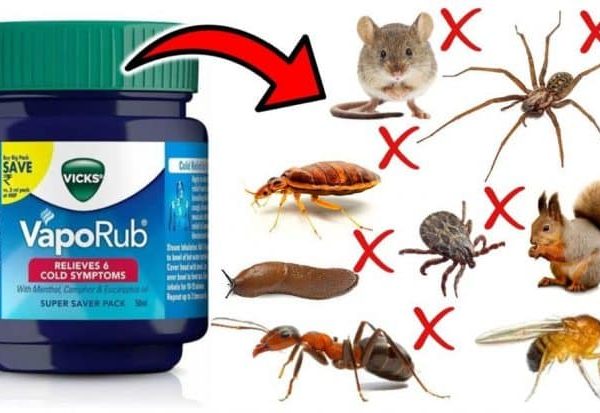Reformulated Text: Discover the astonishing transformation as four figs bloom into magnificent fig plants when planted in a pot filled with soil. Figs, cherished for their delicious flavor and ornamental beauty, can be cultivated in various ways. Whether grown in pots or gardens, these fruit-bearing trees thrive in full sun and sheltered environments.
Understanding the Fig Tree: Belonging to the Moraceae family, fig trees thrive in direct sunlight but require protection from excessive heat. With numerous varieties available, dark-skinned figs are typically favored for fresh consumption or jam-making. Rich in minerals, vitamins, and fiber, figs serve as a nutritious treat with low-calorie fresh options and higher-calorie dried alternatives.
Harvesting and Storage: Figs ripen from August to September, extending into October for some varieties. Once soft to the touch, they are ready for consumption. It’s advisable to wear gloves during harvesting to avoid contact with the sap. These fruits, packed with minerals and energy, should be refrigerated for freshness and can be used in various culinary creations.
Planting and Care Tips: Fig trees thrive in well-drained soil, making them suitable for pots or gardens in Mediterranean climates. For container growth, opt for pots at least 60 centimeters wide with proper drainage. Protect them from excess rain to prevent fruit spoilage. These resilient trees prefer temperatures between 25 to 30 degrees Celsius and require protection from cold weather.
Propagation Method: To propagate fig plants, begin by planting four figs in a pot filled with soil. Cut the top parts of the figs and place them equidistantly in small furrows. Cover them with soil, press firmly, and water thoroughly. Enclose the pot with a plastic container, and within weeks, watch as the fig plants emerge. Once established, transplant them into individual pots for further growth. With proper care, these young fig trees will flourish into bushy plants, eventually bearing fruit. Remember to provide ample sunlight, regular watering, and fertilizer during the initial six months for optimal development.



